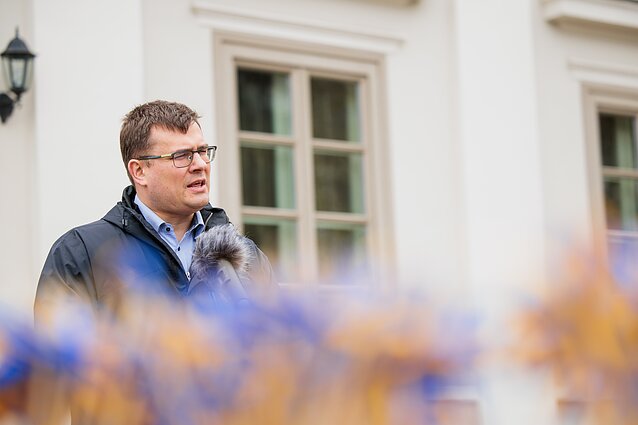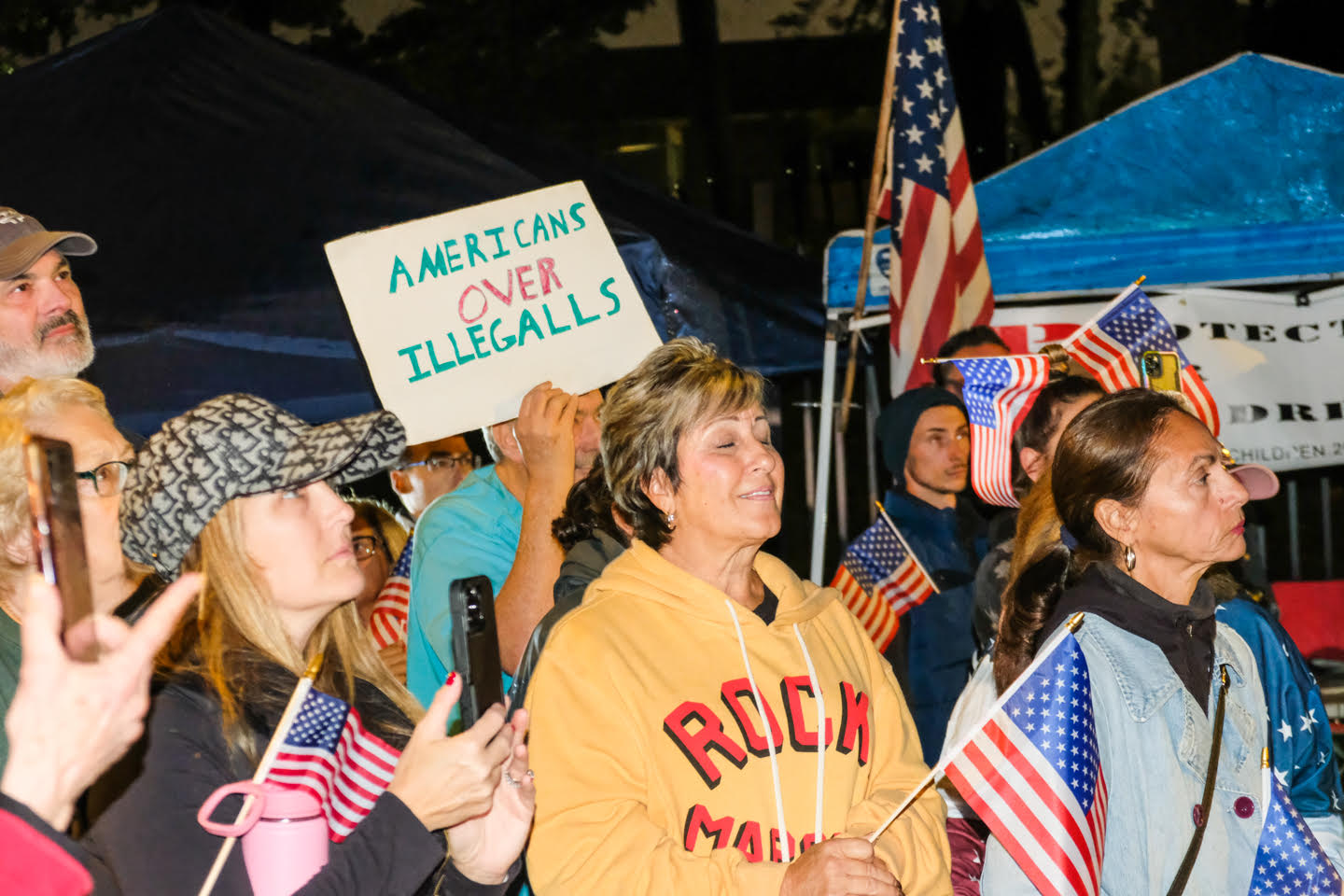Trump Loves Sharing National Security Secrets With Random Strangers
Donald Trump allegedly shared sensitive nuclear information with a random member of his Mar-a-Lago club, who then went on to share that information with dozens of other people.Trump allegedly told Australian billionaire Anthony Pratt in April 2021 that Australia should start buying its submarines from the U.S. Trump then told Pratt the supposed exact number of nuclear warheads a U.S. sub can carry, and how close it can supposedly get to a Russian sub without being detected, ABC News reported late Thursday, citing anonymous sources.Pratt then told at least 45 other people—including six journalists, 11 employees at his company, 10 Australian officials, and three former Australian prime ministers—about Trump’s comments before he was approached by special counsel Jack Smith’s team.Smith’s team was looking into whether Trump had mishandled national security secrets after leaving the White House. Pratt told investigators he didn’t know if Trump’s comments were true or just showing off, but investigators told him to stop sharing the numbers, “suggesting the information could be too sensitive to relay further,” ABC wrote.Smith indicted Trump two years later for hoarding classified documents at Mar-a-Lago. Of the 40 total charges against Trump, 32 are for willful retention of national defense information. He is accused of keeping an array of classified national security material after leaving the White House, despite being unauthorized to do so.The incident with Pratt is far from the first time that Trump shared classified information with people unauthorized to hear it. In May 2017, Trump shared highly classified information with the Russian foreign minister and the Russian ambassador to the United States that the U.S. hasn’t shared with some of its closest allies. Current and former U.S. officials warned that Trump had jeopardized a crucial intelligence source on the Islamic State group.Later that month, Trump told then-Philippine President Rodrigo Duterte that the U.S. had positioned two nuclear submarines off the Korean peninsula. The locations of nuclear subs are meant to be kept secret, as a matter of national security. In fact, only the captains and crews know the sub’s exact location.Then, in July 2017, CNN reported that the U.S. was forced to extract a spy embedded in the Russian government after concerns that Trump had shared classified information that could have exposed them.Rather than learn his lesson, Trump met privately with Russian President Vladimir Putin during the G20 summit (also in July 2017). Trump confiscated the interpreter’s notes at the end of the meeting, an unusual move that led intelligence officials to believe he had shared more classified information.Trump tweeted a video in December 2018 of the Al Asad Airbase in Iraq, exposing a SEAL team’s faces and location. The next year, he bragged about U.S. nuclear weapons capabilities to reporter Bob Woodward and tweeted photos that revealed the location of U.S. spy satellites.And of course, it didn’t stop after he left office. One of the documents he allegedly kept detailed a plan to attack Iran. He is accused of waving the paper around in front of people.

Donald Trump allegedly shared sensitive nuclear information with a random member of his Mar-a-Lago club, who then went on to share that information with dozens of other people.
Trump allegedly told Australian billionaire Anthony Pratt in April 2021 that Australia should start buying its submarines from the U.S. Trump then told Pratt the supposed exact number of nuclear warheads a U.S. sub can carry, and how close it can supposedly get to a Russian sub without being detected, ABC News reported late Thursday, citing anonymous sources.
Pratt then told at least 45 other people—including six journalists, 11 employees at his company, 10 Australian officials, and three former Australian prime ministers—about Trump’s comments before he was approached by special counsel Jack Smith’s team.
Smith’s team was looking into whether Trump had mishandled national security secrets after leaving the White House. Pratt told investigators he didn’t know if Trump’s comments were true or just showing off, but investigators told him to stop sharing the numbers, “suggesting the information could be too sensitive to relay further,” ABC wrote.
Smith indicted Trump two years later for hoarding classified documents at Mar-a-Lago. Of the 40 total charges against Trump, 32 are for willful retention of national defense information. He is accused of keeping an array of classified national security material after leaving the White House, despite being unauthorized to do so.
The incident with Pratt is far from the first time that Trump shared classified information with people unauthorized to hear it. In May 2017, Trump shared highly classified information with the Russian foreign minister and the Russian ambassador to the United States that the U.S. hasn’t shared with some of its closest allies. Current and former U.S. officials warned that Trump had jeopardized a crucial intelligence source on the Islamic State group.
Later that month, Trump told then-Philippine President Rodrigo Duterte that the U.S. had positioned two nuclear submarines off the Korean peninsula. The locations of nuclear subs are meant to be kept secret, as a matter of national security. In fact, only the captains and crews know the sub’s exact location.
Then, in July 2017, CNN reported that the U.S. was forced to extract a spy embedded in the Russian government after concerns that Trump had shared classified information that could have exposed them.
Rather than learn his lesson, Trump met privately with Russian President Vladimir Putin during the G20 summit (also in July 2017). Trump confiscated the interpreter’s notes at the end of the meeting, an unusual move that led intelligence officials to believe he had shared more classified information.
Trump tweeted a video in December 2018 of the Al Asad Airbase in Iraq, exposing a SEAL team’s faces and location. The next year, he bragged about U.S. nuclear weapons capabilities to reporter Bob Woodward and tweeted photos that revealed the location of U.S. spy satellites.
And of course, it didn’t stop after he left office. One of the documents he allegedly kept detailed a plan to attack Iran. He is accused of waving the paper around in front of people.



